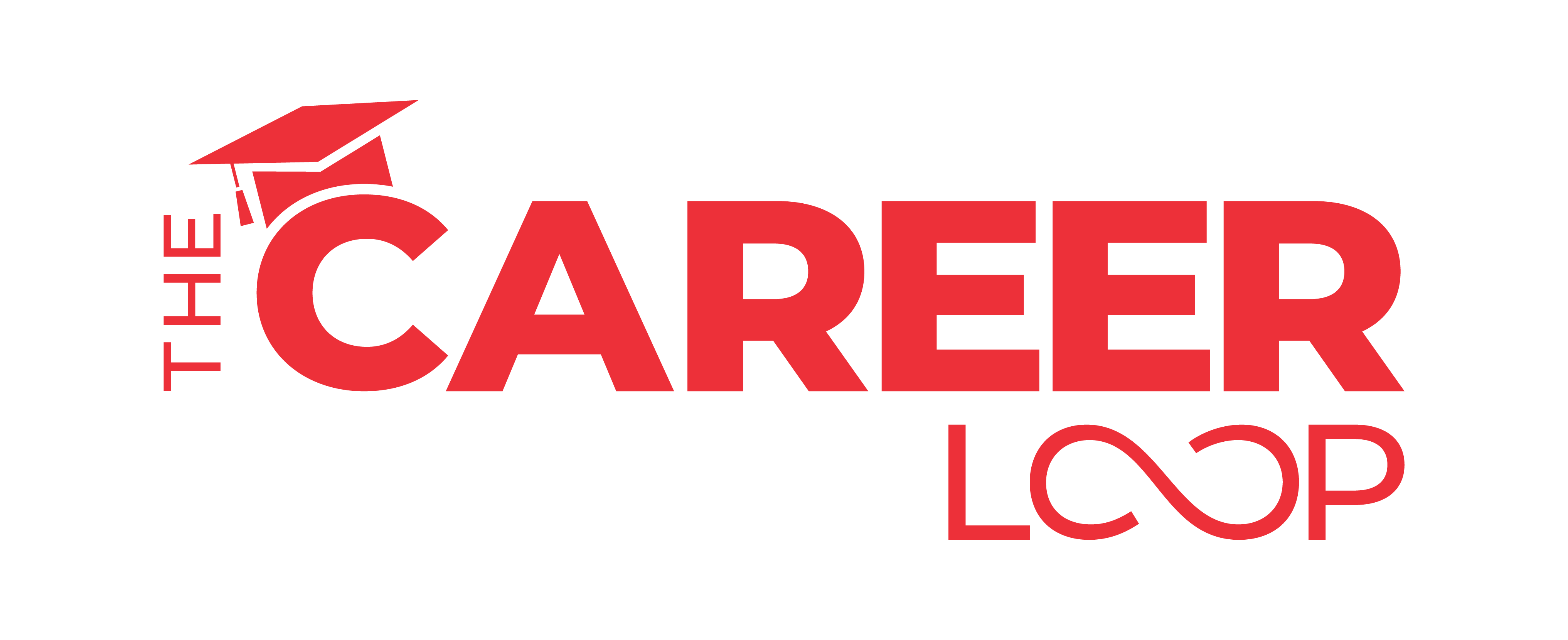Applying for jobs can feel daunting, but with the right approach, you can set yourself apart from other candidates. From crafting a compelling cover letter to formatting your resume strategically, here are practical tips to help you make a lasting impression and increase your chances of landing an interview.
1. Include a Cover Letter
While often optional, a well-written cover letter can significantly enhance your application. It provides a platform to:
- Highlight your personality and enthusiasm for the role.
- Complement your resume by showcasing how your skills align with the job.
- Offer additional context to your achievements and experiences.
To make your cover letter effective:
- Be concise: Aim for 250-400 words across three to six paragraphs.
- Customize it for each job: Tailor your cover letter to the company’s culture and the specific role. Avoid generic templates.
2. Keep Your Resume Clear and Focused
Your resume should be a concise summary of your qualifications. A length of one to two pages is ideal, depending on your level of experience.
- Recent graduates or early-career professionals should stick to a single page.
- Seasoned professionals may need two pages to adequately convey their expertise.
Key tips for a professional resume:
- Use bullet points for easy readability.
- Avoid first-person pronouns (e.g., “I” or “my”).
- Use sans serif fonts like Arial or Calibri, with font sizes between 10 and 12 for the body.
- Avoid including photos or graphics that can distract or hinder ATS (Applicant Tracking System) processing.
3. Emphasize What Makes You Unique
To stand out, reflect on your key strengths and achievements:
- What skills or experiences differentiate you from others?
- How have you contributed to success in past roles?
Use concrete examples and highlight accomplishments that align with the job description. For instance, if you led a team to improve efficiency, share metrics or outcomes to quantify your impact.
4. Showcase Results With Data
Employers value evidence of success. Back up your work experience with hard data:
- “Increased sales by 15% over two years.”
- “Led a project that saved the company $50,000 annually.”
Numbers and statistics provide tangible proof of your abilities and help draw attention to your resume.
5. Tailor Your Application to the Job Description
Each job description outlines the employer’s priorities. Use this as a guide to:
- Align your skills and experiences with the requirements.
- Use similar language and keywords from the job posting to make your application ATS-friendly.
Be honest in your representation and highlight the most relevant aspects of your background.
6. Research the Company
Show your interest by learning about the organization:
- Explore its website, mission statement, and recent news.
- Research competitors to understand the company’s industry landscape.
Incorporate your findings into your application to demonstrate that you’ve done your homework.
7. Proofread for Perfection
A polished application reflects your attention to detail. Proofread thoroughly to avoid spelling or grammar mistakes, and ask a friend or mentor to review your materials. Even minor errors can leave a negative impression.
8. Highlight Your Growth Mindset
Employers value candidates who are eager to learn and grow. Use examples from your career to show:
- How you’ve overcome challenges or acquired new skills.
- Your commitment to professional development.
9. Choose the Right Resume Format
Pick a format that best suits your experience:
- Chronological: Ideal for those with consistent work history.
- Functional: Focuses on skills, suitable for career changers or those with gaps in employment.
- Combination: Combines elements of both, suitable for seasoned professionals with diverse skills and experience.
By applying these tips, you’ll create a compelling and professional application that showcases your unique value as a candidate. Take the time to refine your materials, and you’ll be well on your way to making a strong impression on potential employers.


















